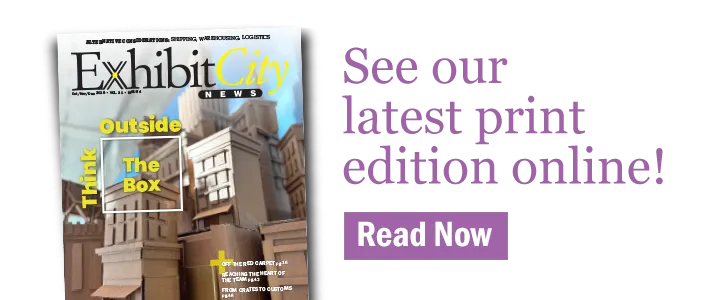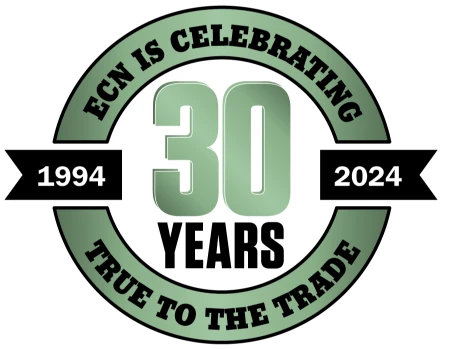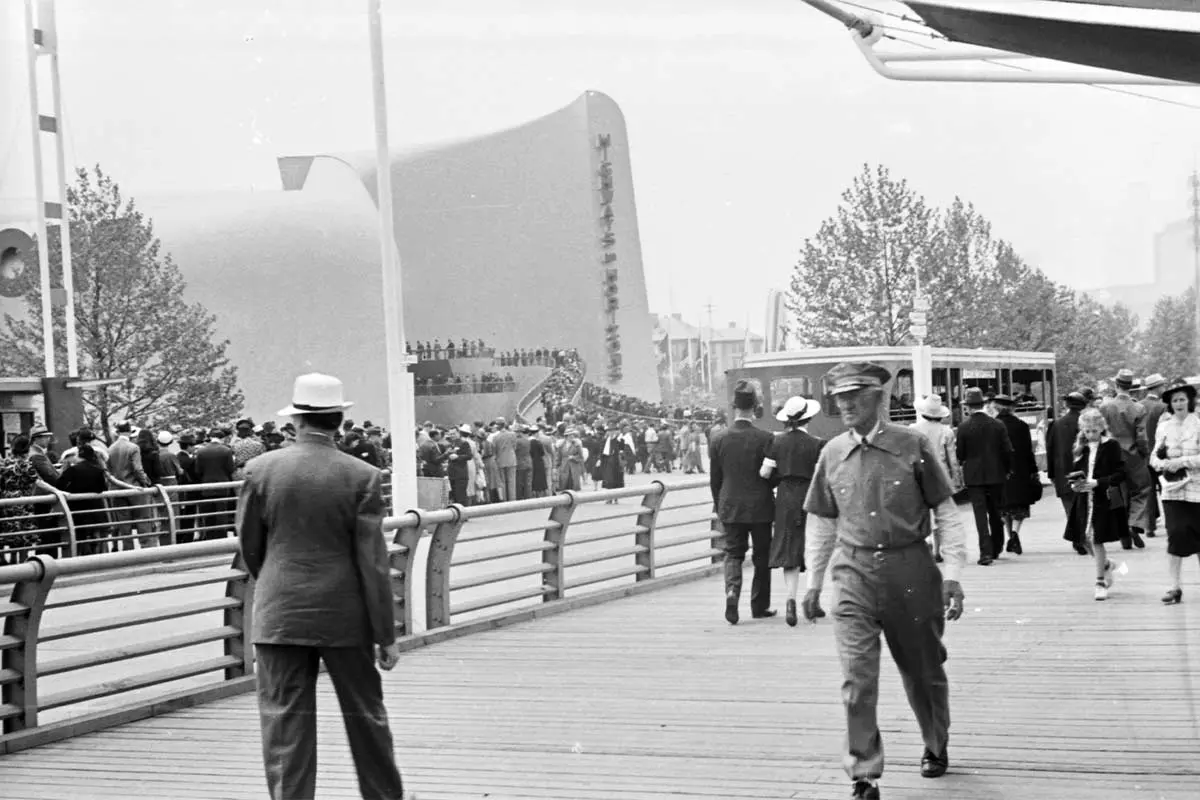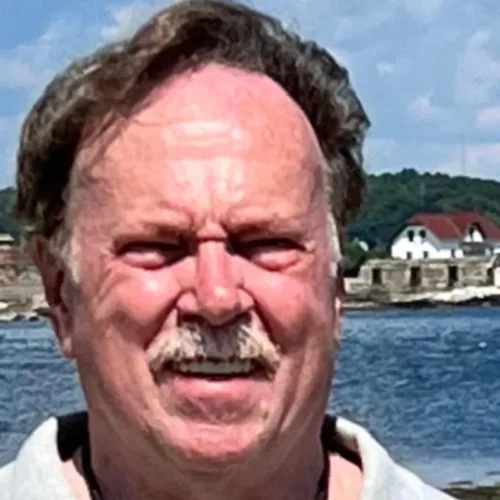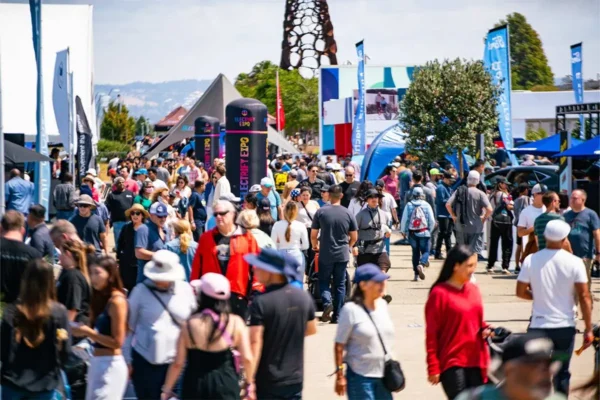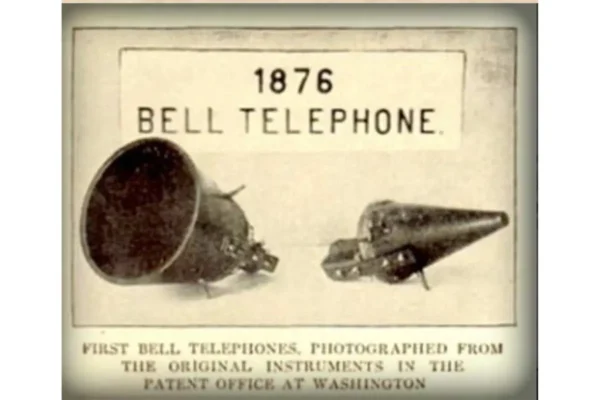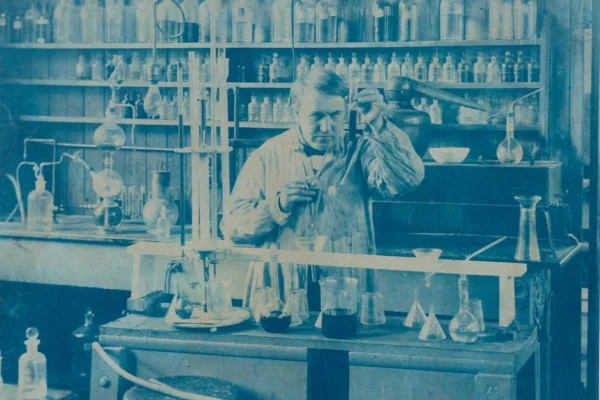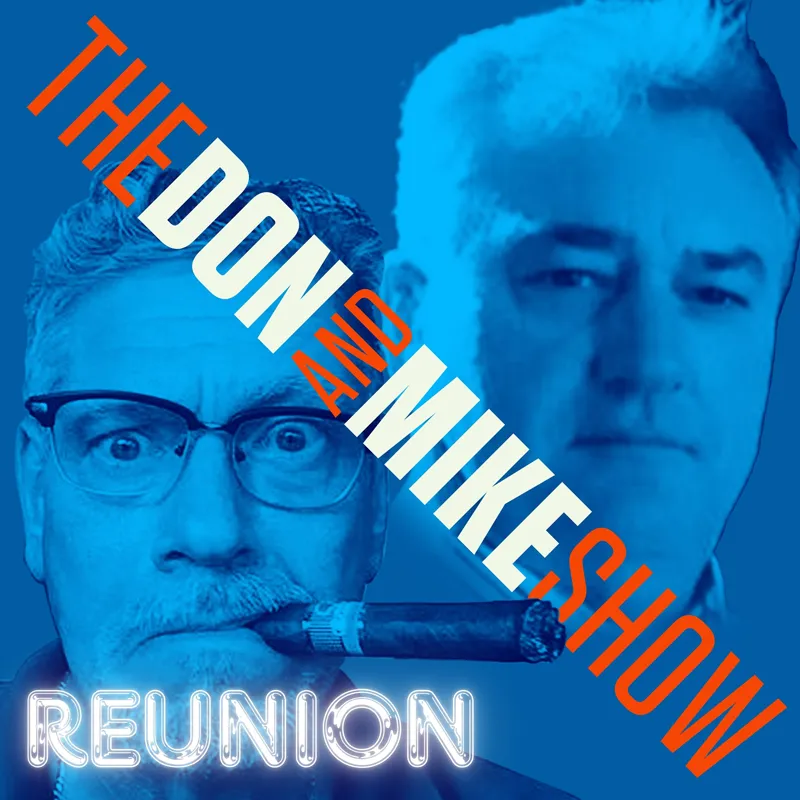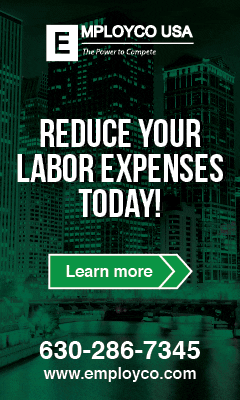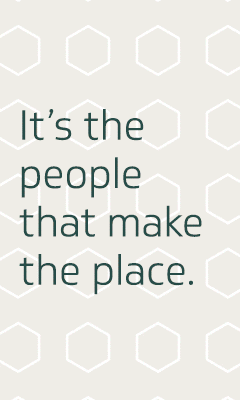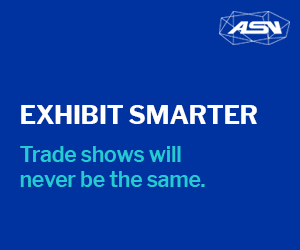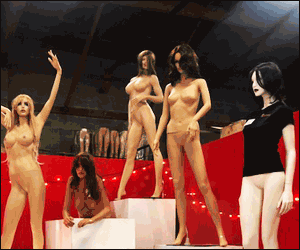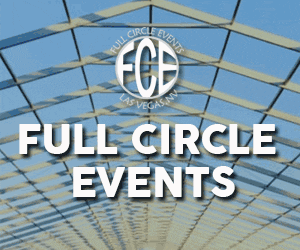Cosmic rays. Ghost cars. Talking robots. Skyscrapers. Helipads. Simulated rocket rides. A mechanical dog. Synthetic fibers. Ultra-violet bug killers. The View Master. The first computer game. Hydroponically grown produce. Hybrid plants. Soybean processing. Smorgasbords. Lucite. A time capsule. Florescent lights. FM radio. Air conditioning. Television. These displays were some of the ideas and concepts that amazed twenty-five million visitors to the New York World’s Fair in 1939.
Origin of the Fair
In 1933 and ‘34, the Chicago’s World’s Fair attracted 48 million people, generated an economic impact of $740 million, and made a profit of $160,000. New York City’s business and political leaders noticed that success and thought they could do better: there was talk of drawing a crowd of 70 million and generating a billion dollars for the City.
Instead of promoting the past like Chicago did, New York would focus on the Future. This World’s Fair would offer a Depression-weary population optimism and hope. It would create local jobs. But before any success, it first had to be built.
Transforming a Dump into a Dream
The land designated for the Fairgrounds-to-be was the Corona Dump. In 1925, F. Scott Fitzgerald described this rat-infested, waste-disposal area as “a valley of ashes.” It became worse in subsequent years. Prepping the space was more than simply covering the dump with new dirt, or additional land fill. It required draining the marshlands and rerouting the Flushing River. Once completed there were 34 miles of sidewalks, 17 miles of roads, dozens of miles of underground sewers, water mains, gas and electrical lines. The task employed 50,000 workers and became the largest land reclamation effort in the eastern United States in the 20th century.
Planning started in January 1936. The first shovel broke ground on June 29, with the land being fully graded by March of the following year. Initial funding was financed with $27 million in bonds. $26 million was spent that first year, and the Fair required additional financing.
How big was it?
Covering 1,216.5 acres, the Fairgrounds were three times the size of the 1933 Chicago Fair, and one-and-a-half times larger than all of New York’s Central Park. The “Amusement Zone,” a separate 280 acres inside the Fair, was larger than the entire Paris World’s Fair of 1937.
Sixty-two nations, 35 US states, and 1,500 companies representing 40 different industries, all paid for the privilege to lease space at the Fair. There were 375 new structures erected onsite, including over 100 major exhibit buildings. The pavilions were futuristic-looking exhibition architecture; most were steel frames, bolted together to allow for easy dis-assembly. Many countries and corporations had their own separate stand-alone pavilions; others joined together exhibiting similar products inside one building. Corporate pavilions ranged from 10,000 square feet (the House of Jewels) to 300,000 square feet (General Motors). A list of the corporations displaying products and showcasing future concepts reads like a “Who’s Who” of famous brands of the 20th and 21st century.
The buildings, architecture, sculptures, murals, domes, rotundas, pylons, columns, corkscrew ramps, and elevated platforms were all part of the allure. The highest point and most memorable feature of the Fair was the 700-foot tall Trylon and the 200-foot wide, 18-story Perisphere.
A Vision for the Future
The Fair promoted technology as a pathway to a better life. Some of the tech displayed there appeared incredible and unlikely: self-driving cars; the unified electrification of the country; automated farms; a national interstate highway system with cloverleaf off-ramps; live images of attendees walking the Fair; indoor air conditioning; kitchen appliances that spoke; a live television broadcast of a presidential address. Some of the tech was more mundane, but still life-altering: nylon toothbrushes; color film; antifreeze; an IBM calculator; 3-D movies; nylon stockings. Dupont sold sixty-four million pairs of nylon stockings in 1940, the first year after their debut at the Fair. That statistic is truly mind-boggling and a testament to the commercial value of exhibiting at expositions!
Fifteen hundred corporations paid for the privilege to exhibit products and present their vision of the future. A few of the more popular attractions included: “Democracity” (an exhibit predicting life in 2039); “Better Living through Chemistry”; “The Wardrobe of the Future”; “The Dairy World of Tomorrow’; and “The Town of Tomorrow.” The biggest hit of the fair was General Motors’ “Futurama”; it showcased the world’s first, immersive experiential display: an 18-minute “flight” over an imagined landscape of 1960 America.
The First Day
On April 30 1939, 198,791 paying customers entered the Fairgrounds. The Park was open from 9 a.m. to 10 p.m. for exhibits, and until 2 a.m. in the amusement zone for late-night entertainment. Day-one numbers were lower than expected. People may have stayed away because of the weather, or because of the anticipated size of the crowd. Initial projections, announced in advance, predicted half a million to a million people on day one.
Franklin Delano Roosevelt was the keynote speaker, and at 12:30 p.m. commercial broadcast television made its debut.“All who come to this New York’s World’s Fair,” the President said, “will receive the heartiest of welcomes. They will find the eyes of the United States are fixed upon the future.”
A single NBC camera focused on the President. From an antenna atop the Empire State Building, RCA transmitted FDR’s opening address in a fifty-mile radius. Two dozen receivers in the RCA building played the program on small screens for large crowds. RCA began selling television sets in New York City the day after it broadcast the presidential address. GE and Westinghouse soon followed selling their own television models. Ford added several TVs in their pavilion that summer where they displayed Ford commercials to entertain the crowds waiting in line.
The day progressed from warm in the morning, to cool and drizzly in the afternoon, to chilly with downpours in the evening. The final speaker, a scientist who had emigrated from Germany, was scheduled to talk at 7 p.m., after which he would banish the darkness with the first public demonstration of a fluorescent lighting display.
Albert Einstein, the Fair’s “Official Science Advisor,” was frustrated. He was limited to speaking for only five minutes, and the topic was not his choice. The crowd before him was also frustrated: they were soaking wet; and Einstein’s heavy accent, coupled with the intermittent crackling from the loudspeakers, made his speech almost incomprehensible. Still the crowd had been informed that Einstein was “the most brilliant scientist in the world,” and they listened in rapt attention.
Einstein’s assigned topic was “Cosmic Rays”, and he did his best to simplify the subject. The intent was not to educate, but rather a gimmicky attempt to engage the audience. New York City’s Hayden Planetarium had “captured” cosmic energy from outer space and then, supposedly, beamed those particles towards the Fairgrounds. Ten rays in all, one at a time. As the Planetarium signaled the first transmission, Einstein closed a circuit, and fluorescent lights illuminated the base of the Trylon. Slowly, steadily, the fluorescents circled higher. As the lights progressed upwards, the crowd counted “FIVE …”SIX”… “SEVEN”… “EIGHT”… “NINE”… The Trylon was almost fully illuminated. At the final number—“TEN”—Einstein threw the last switch, and everything went black!
Not only did the lights on the Trylon go out, but the short circuit plunged the entire fair into darkness! Perhaps this unexpected event was yet another look into the world of tomorrow. Maybe it foreshadowed the war and the dark days ahead. Or maybe the blackout was merely a precursor to the electrical power outages of the future.
In any case, power was restored, and crowds packed the Fairgrounds, averaging 135,000 people a day, April 30 through October 31. Total attendance was lower than expected, however, and the decision was made to continue the Fair the next year, May 11–October 27, 1940. The theme would be, “The Magic of Today. The Miracles of Tomorrow.”
Part Two of this article will be a walk through the Fair, from the entrance to the dual icons, and beyond … viewing many of the exhibits, displays and attractions.
This story originally appeared as a truncated version in the Q1 2025 issue of Exhibit City News, p. 86. For original layout, visit https://issuu.com/exhibitcitynews/docs/ecn_q1_2025/86.



